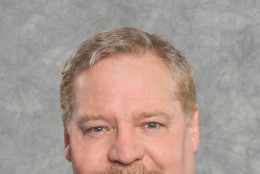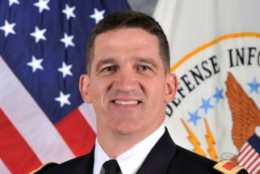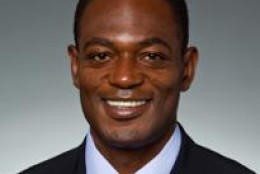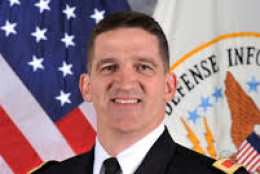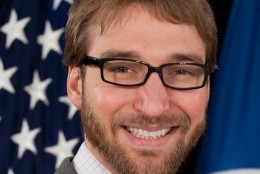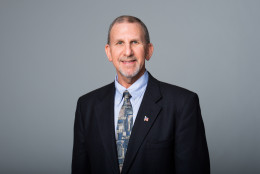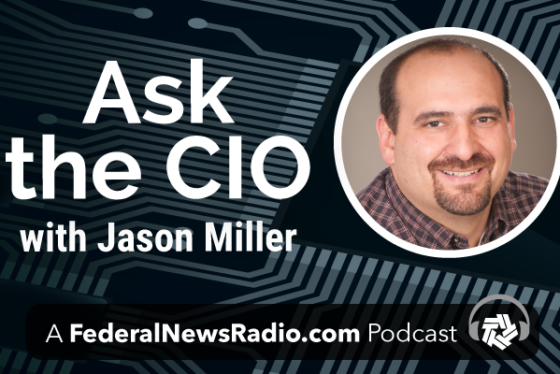Cybersecurity
-
Agencies will know later this month how much more they will have to pay for security clearances to the National Background Investigations Bureau. The NBIB will meet initial operating capability on Oct. 1 and begin processing all security clearance cases.
September 07, 2016 -
George Holland, the vice president of federal strategy and business development for Juniper Networks, says virtualization and the cloud give agencies opportunities to do more with less.
September 07, 2016 -
A new report from the House Oversight and Government Reform Committee's majority members links the 2014 and 2015 OPM breaches as coordinated attacks, and blames the agency's failure to heed warnings about its cybersecurity for the theft of PII of millions of federal employees and their families.
September 07, 2016 -
IDC Government found the federal government spends almost four times as much on technology per employee on average than other industries.
September 06, 2016 -
Industry sources say a $67.6 million award contract to Iron Vine Security is concerning because the agency may have used a low-cost, technically acceptable approach.
September 06, 2016 Brian Fogg, vice president and chief technology officer, NCI Information Systems, will discuss how hyperconverged infrastructure or HCI, can help agencies reduce costs and improve security. September 6, 2016
September 05, 2016-
Scott Airforce Base in Illinois is home to the Global Operations Command of the Defense Information Systems Agency, 164,000 square feet devoted to cybersecurity.
September 05, 2016 -
The Commerce Department is joining the conversation about what role the federal government can play in the success and security of the Internet of Things.
September 01, 2016 -
Scott Air Force Base in Illinois is home to a brand new building with 164,000 square feet devoted to cybersecurity. It's the Global Operations Command of the Defense Information Systems Agency. Col. Paul Craft, the commander, described the new center in an interview with Federal News Radio's Jared Serbu on Federal Drive with Tom Temin.
September 01, 2016 -
The National Institute of Standards and Technology unveiled the third draft of its digital authentication standards. Among the many changes to the guidance is a new name, and the division of the original document from one to four sections.
August 30, 2016 -
The Office of Personnel Management has been busy this year helping agencies more quickly recruit, hire and develop cyber talent, an initiative outlined in the President's Cybersecurity National Action Plan. Agencies like the FBI and Commerce Department say they are also beginning to change their mindsets when building teams of cyber experts.
August 30, 2016 -
A grantmaking program to solve a grand supercomputing challenge is underway from the Office of Science and Technology Policy. Several disciplines are coming together to eventually create low power, brain-like supercomputers that can enable advances in many fields, such as aircraft design, autonomy and climate modeling. Jared Serbu discussed the program with Mike Meador director of the National Nanotechnology Coordination Office, in the National Science and Technology Council, on Federal Drive with Tom Temin.
August 29, 2016 -
Ron Ross, a fellow at the National Institute of Standards and Technology, and Bob Bigman, a retired CIA chief information security officer and now president of 2BSecure, a consulting firm, made the case for the public and private sectors to move to trustworthy computing more quickly during presentations before the Commission on Enhancing National Cybersecurity.
August 29, 2016 -
The Defense Department continues to be concerned about counterfeit parts making their way into weapons systems and virtually everything else it buys. The worries are that fake parts could cause mission critical systems to fail unexpectedly.
August 25, 2016 -
To better cybersecurity, government agencies are starting the change the way they authenticate identities.
August 25, 2016




